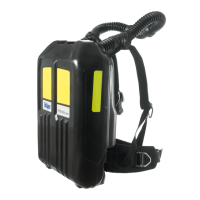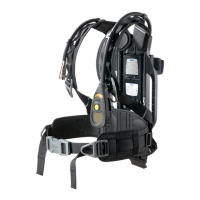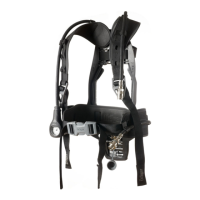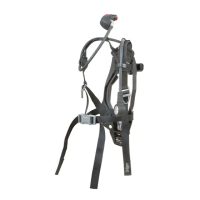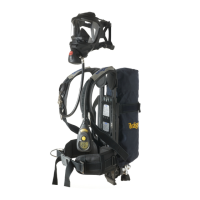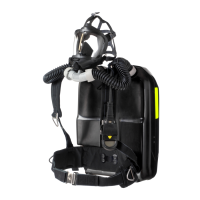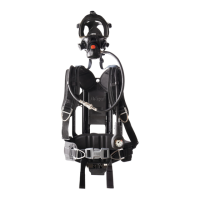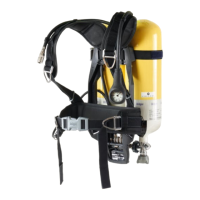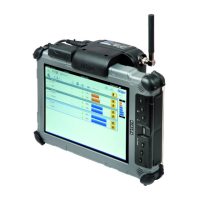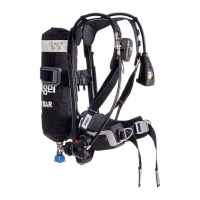Plus and PSS Series - Lung Demand Valve
tm 1285.001 - August 2001
4:3
Normal Demand Lung Demand Valves - Type N
Refer to Figure 3
The conical compression spring, in the main chamber of the balanced the piston
unit, acts against the piston flange resulting in the piston cone being pressed
against the sealing rim of the piston housing - sealing ‘Off’ the outlet of the
balanced the piston unit.
On opening the cylinder valve, medium pressure air flows from the reducer,
through the medium pressure hose of the lung demand valve, into the air transfer
block then into the main chamber of balanced the piston unit.
Refer to Figure 4
When the wearer begins to inhale a negative pressure is created inside the
facepiece and lung demand valve. Due to the negative pressure the ambient
air pressure acts against the diaphragm, then the main hinged lever of the
balanced piston unit.
Increasing deflection of the diaphragm, during inhalation, pivots the cam of
the main lever against the secondary lever. The secondary lever then pivots
and presses against the end cap of the piston - moving the piston axially against
the conical spring - lifting the piston cone from its seating and releasing air from
the lung demand valve into wearer’s facepiece.
When the wearer stops inhaling then begins to exhale, the diaphragm, pivot
levers and sealing cone retract.
This cycle repeats as the wearer begins to inhale.
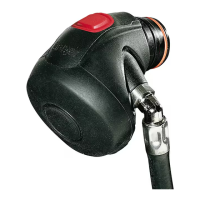
